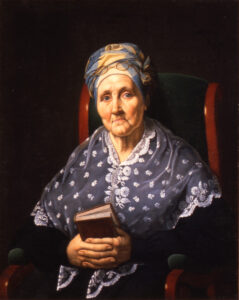History
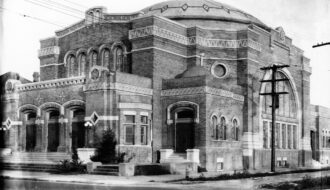
Judaism in Louisiana
Jewish people have greatly contributed to Louisiana’s culture and economy as philanthropists, civic and educational leaders, business owners, and art patrons.

Jewish people have greatly contributed to Louisiana’s culture and economy as philanthropists, civic and educational leaders, business owners, and art patrons.
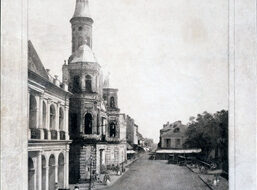
Jules Lion, a French-born mulatto, was a master lithographer and one of the most distinguished African American artists in antebellum New Orleans.
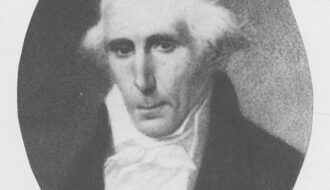
Julien de Lalande Poydras was a Point Coupée Parish plantation owner, banker, political leader, and philanthropist who was a pivotal figure in the early history of Louisiana.
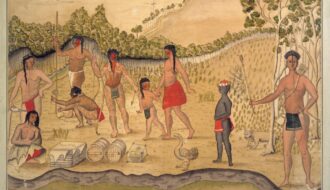
Approximately forty ethnically and politically distinct North American Indigenous polities located in the Gulf Coast region and lower Mississippi River valley made up les petites nations.
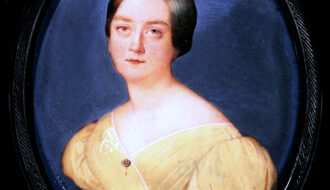
Louis Antoine Collas was an adept and very popular miniature portrait painter who regularly traveled to Louisiana to paint plantation owners and merchants.
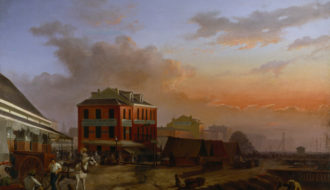
Louis Develle, a French artist active in New Orleans, was best known for his set designs at the Théatre d’Orléans.
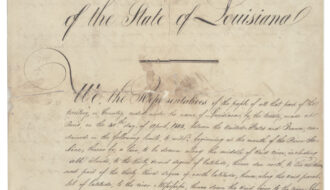
Louisiana has had ten state constitutions since 1812, with the current governing document dating to 1974.
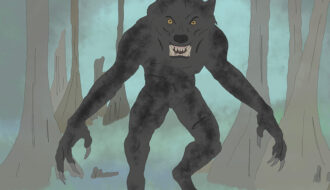
Louisiana’s folktales have been influenced by Indigenous peoples and the many cultural and ethnic groups that have immigrated to the state.
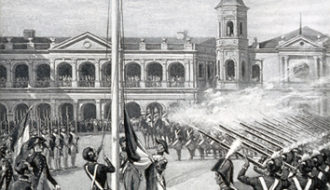
This entry covers the Louisiana Purchase of 1803 and the period of territorial governance that followed until Louisiana became a state in 1812.

The Louisiana Purchase in 1803 added an immense, undefined amount of territory to the United States.
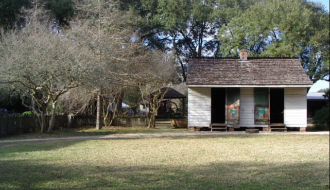
The LSU Rural Life Museum is an outdoor complex of southern rural vernacular buildings located in Baton Rouge.
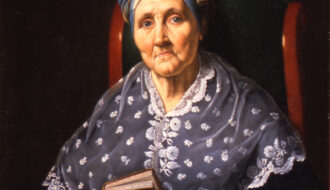
Italian painter Luigi Marie Sotta, a skilled and significant artist well versed in French academic practice, worked for at least two seasons in New Orleans.
One-Year Subscription (4 issues) : $25.00
Two-Year Subscription (8 issues) : $40.00
